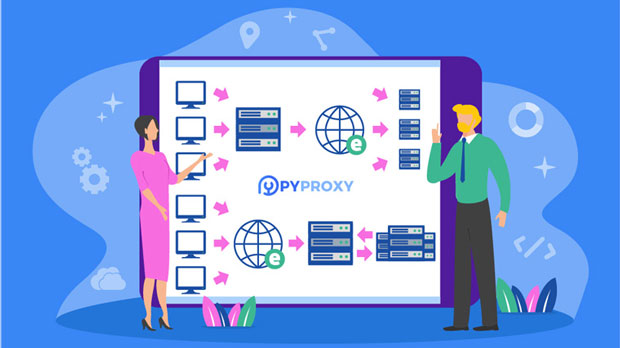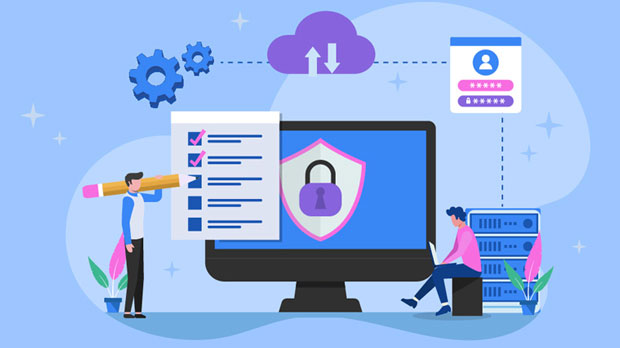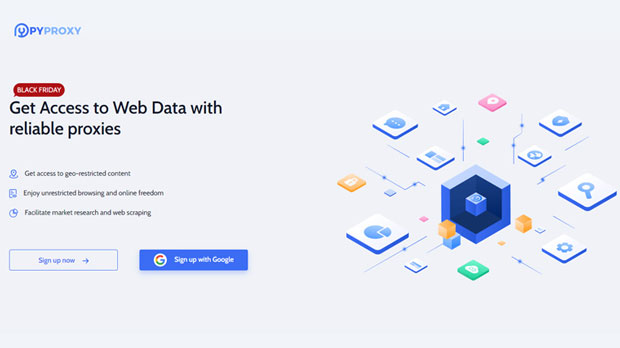Why does the website ask me to use a proxy IP?
Many websites today require users to access their content through proxy ips. This request may seem unusual or unnecessary to some, but it stems from a variety of strategic, security, and operational reasons. In an increasingly digital world, websites must manage and control user traffic for reasons related to privacy, security, performance optimization, and data management. In this article, we will explore why websites might require the use of proxy ips, focusing on the underlying motivations and the practical significance behind these requests. The analysis will help users understand the broader context of online security and traffic management. 1. Enhancing Security and Preventing FraudA primary reason for websites requiring the use of proxy IPs is to enhance security and prevent fraud. Cyber threats have become increasingly sophisticated, with hackers constantly seeking to bypass traditional security measures. By routing traffic through proxy servers, websites can obscure users' true IP addresses, making it more challenging for malicious actors to launch attacks or identify specific vulnerabilities in the website's infrastructure.Proxies provide a layer of anonymity, preventing attackers from easily tracking a user’s online activity or gaining access to sensitive personal information. This is particularly important for e-commerce websites or platforms that handle sensitive financial transactions, where fraud prevention is crucial. By using proxy IPs, websites can also detect and block suspicious patterns of behavior, such as multiple login attempts from the same IP, which could signal brute-force attacks or account takeovers.2. Managing Traffic and Load BalancingAnother important reason websites ask users to use proxy IPs is to manage website traffic and ensure load balancing. High-traffic websites, especially those with millions of visitors daily, need a way to efficiently distribute traffic across their server infrastructure to avoid overloading a single server or data center. Proxy servers can help with this by acting as intermediaries between the user and the website, distributing user requests evenly across multiple servers.Proxy IPs allow for smarter load balancing, ensuring that no single server becomes overwhelmed with too many requests. This ensures that website performance remains consistent, even under heavy traffic. Additionally, proxies can help mitigate the risk of DDoS (Distributed Denial of Service) attacks, where an overwhelming number of requests are sent to a site, causing it to crash. By using proxies, websites can distribute and filter requests to reduce the impact of such attacks.3. Geolocation Restrictions and Regional Content DeliverySome websites, especially streaming platforms or region-specific services, may require users to use proxy IPs to access content that is only available in certain geographic locations. Many websites implement geolocation-based restrictions to control content distribution, ensuring that users only access region-specific material according to licensing agreements or local laws.In such cases, proxies allow users to bypass these geographic restrictions by masking their actual location and presenting a different IP address from a region where the content is accessible. This functionality benefits users who wish to access content outside their geographical boundaries while ensuring that the website complies with legal and licensing requirements. For instance, streaming platforms can restrict access to movies or TV shows that are only licensed in specific countries, and proxies help enforce these limitations.4. Preventing Scraping and Automated BotsWebsites with valuable content or data often want to prevent unauthorized scraping or data extraction by automated bots. Scraping refers to the process of harvesting large volumes of data from websites, usually for competitive analysis, resale, or even for malicious purposes. Automated bots can access websites at high speeds, often consuming significant resources, degrading the site's performance, and compromising the integrity of its data.Proxy IPs play a critical role in defending against this kind of behavior. By rotating IP addresses or using different proxies for different users, websites can detect and block suspicious automated requests. If a website notices an abnormal volume of requests from a single IP address or a set of IP addresses, it can flag the traffic as potentially malicious and prevent it from accessing sensitive information. This helps safeguard the website from scraping attacks and ensures the security and privacy of the website's data.5. Masking User Identity for Privacy and AnonymityThe growing concern over online privacy is another reason websites may require the use of proxy IPs. Users are becoming more cautious about sharing their personal information online, and proxies offer a way to protect their privacy. When users access a website through a proxy, their real IP address is hidden, and only the proxy server's IP is visible to the website. This provides an added layer of anonymity, which can be particularly important when accessing sensitive content or services.For users concerned about their online identity being tracked, proxies are a practical tool to maintain privacy. Websites can also use proxies to protect their own privacy, ensuring that user activities cannot easily be traced back to an individual IP address. This helps maintain a secure environment for both the website and its users, which is particularly crucial in online services that involve personal or financial data.6. Monitoring and Analyzing User BehaviorWebsites often require the use of proxy IPs for the purpose of monitoring and analyzing user behavior on their platforms. By using proxies, websites can gather data on how users interact with their content, identify usage patterns, and optimize the user experience. Analyzing user behavior helps website administrators understand which pages are most popular, how long users stay on the site, and where they are likely to exit.Proxy IPs enable the tracking of user data without exposing individual user identities. This data can be invaluable for improving website design, refining marketing strategies, and offering targeted content. Websites can also use this information to prevent fraud, ensure proper content delivery, and optimize the website's functionality for different regions and user preferences.ConclusionWebsites may require users to use proxy IPs for a variety of reasons, all of which revolve around improving security, enhancing performance, and managing traffic efficiently. Proxy IPs help protect websites from fraud, optimize resource allocation, prevent unauthorized data scraping, and ensure privacy for users. Whether for geographical content delivery, mitigating security risks, or safeguarding user data, the use of proxy IPs has become a key component of the modern internet infrastructure. For users, understanding why websites require proxy IPs can help them better navigate the online world while also ensuring that their personal data remains secure and private.
2025-02-02
























































